Robot Rumble Competition
A group of students from Year 10 and 11 have been working extremely hard over the last few months to design, build and program a VEX robot. They took their robot over to John Warner School to compete in this year’s Robot Rumble competition. The students displayed fantastic teamwork, as they progressed through the competition, they developed their skills and deservedly won the skills challenge trophy.
Robot Rumble has provided students an opportunity to work with engineers from MBDA.
‘On Wednesday, we took part in the Vex V5 High Stakes Game at John Warner School. Before we spent many weeks designing, building and adapting our robot, with dreams to win. The main idea of the game was to collect rings and place them onto stakes, whilst working with another team in an alliance. On the day of the competition, we did last minute adjustments to our robot and code and did last minute additions to our log book in order to show the judges all our progress.
When we arrived, we saw all of the other team’s robots and realised that different teams focused more on different aspects of the game so they all looked different. At the beginning, there were 30 qualifying games, where everyone was put together with different teams in alliances to put the various teams in ranking order. After this, we were in 11th place and beat Richard Hale!
After a quick lunch break, all the teams lined up and chose an alliance for the main competition. As we were last to choose, we were placed in an alliance in Richard Hale. In the main competition, we ended up losing our first game and were therefore out of the competition.
However, there was a sub competition which we also entered called the Skills Competition. The aim was to get as many rings onto stakes as possible in a minute. We had three attempts and got 0, then 10 and then 10 points. Overall, we won this competition and received a trophy! We were very excited about this.’
Darcy and Emily

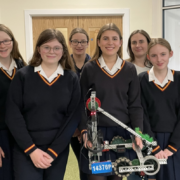
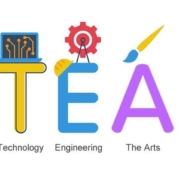

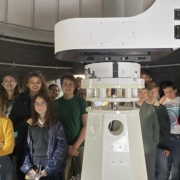
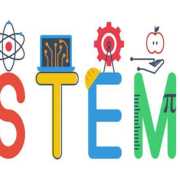
 I found the ‘science made simple’ presentation very interesting. We were shown lots of exciting experiments that famous STEM people have performed to help them make their discoveries. In one of the experiments, we wore glasses that showed us the different colours that came from the different lights. I enjoyed it because it gave me a different perspective on the colours we see around us and that lights are not just the colour they seem. From the presentation I learned that when we send someone to Mars we won’t be able to bring them back because we wouldn’t be able to store enough fuel in the rocket. I became interested in the topic because it made me think about the different ways we could make fuel last longer or how to make fuel on Mars. I also learned that Cecilia Payne discovered that Hydrogen and Helium are the dominant elements of the Sun and stars. Her boss didn’t believe her at first until lots of other people repeated the experiment and agreed that she was correct. Overall, I found ‘science made simple’ very fun. Especially as they included us in their presentation. They also related the work of previous STEM people to modern day jobs that you can study for if you are interested in those particular discoveries.
I found the ‘science made simple’ presentation very interesting. We were shown lots of exciting experiments that famous STEM people have performed to help them make their discoveries. In one of the experiments, we wore glasses that showed us the different colours that came from the different lights. I enjoyed it because it gave me a different perspective on the colours we see around us and that lights are not just the colour they seem. From the presentation I learned that when we send someone to Mars we won’t be able to bring them back because we wouldn’t be able to store enough fuel in the rocket. I became interested in the topic because it made me think about the different ways we could make fuel last longer or how to make fuel on Mars. I also learned that Cecilia Payne discovered that Hydrogen and Helium are the dominant elements of the Sun and stars. Her boss didn’t believe her at first until lots of other people repeated the experiment and agreed that she was correct. Overall, I found ‘science made simple’ very fun. Especially as they included us in their presentation. They also related the work of previous STEM people to modern day jobs that you can study for if you are interested in those particular discoveries.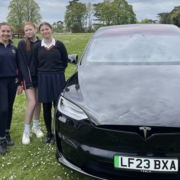
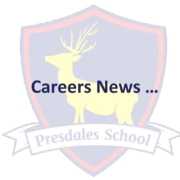
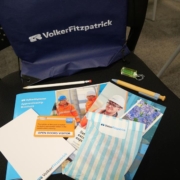
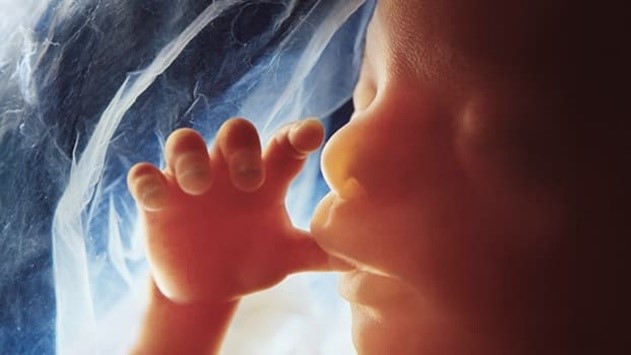 On Thursday morning Dr Tina Chowdhury came in and talked to students in the Upper School about her research and work in Bioengineering. Dr Chowdhury works with a cross-disciplinary research team at Queen Mary’s. Her work looks into preterm premature rupture of the fetal membrane. Her team are working hard to find solutions and also investigating the possible cause, including black carbon particles (from pollution) and their presence in the fetus.
On Thursday morning Dr Tina Chowdhury came in and talked to students in the Upper School about her research and work in Bioengineering. Dr Chowdhury works with a cross-disciplinary research team at Queen Mary’s. Her work looks into preterm premature rupture of the fetal membrane. Her team are working hard to find solutions and also investigating the possible cause, including black carbon particles (from pollution) and their presence in the fetus.



